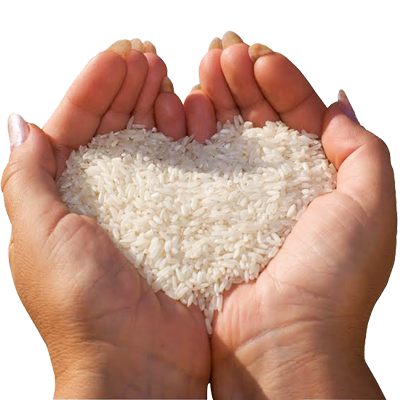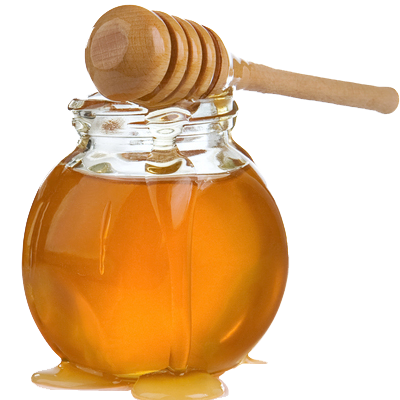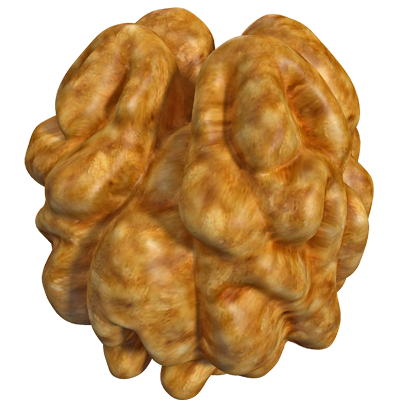.

.

.

.

Throughout history
rice has been one of man's most important foods. Today, this unique grain helps
sustain two-thirds of the world's population. It spells life for billions of
people and is deeply embedded in the cultural heritage of their societies. About four-fifth
of the world's rice is produced by small-scale farmers and is consumed locally. Rice cultivation
is the principal activity and source of income for about 100 million households
in Asia and Africa. History of rice cultivation Rice plants have
been traced back to 5000 B.C, but the practice of rice growing is believed to
have originated in areas of China, and southern and eastern Asia, in about 2000
B.C. Rice cultivation is considered to have begun in several countries over
6500 years ago. It has been cultivated in China since ancient times and Chinese
records of rice cultivation go back 4000 years. Many believe the roots of rice
come from 3000 B.C. India, where natives discovered the plant growing in the
wild and began to experiment with it. Cultivation and cooking methods are thought
to have spread to the west rapidly and by medieval times, southern Europe saw
the introduction of rice as a hearty grain. In several Asian languages the
words employed for “rice†and “food†is identical. African rice has
been cultivated for 3500 years. In the Middle East and Mediterranean Europe, it
started around 800 B.C. Cultivation of rice spread throughout Italy and then
France, after the middle of the 15th century, later extending to all the
continents during the great age of European exploration. In 1694, rice arrived
in South Carolina, probably originating from Madagascar. The Spanish brought
rice to South America at the beginning of the 18th century.  Some interesting facts about rice • More than 90
percent of the world's rice is grown and consumed in Asia, where people
typically eat rice two or three times daily. Rice is the staple diet of half
the world's population. • Rice farming has
been traced back to around 5,000 B.C. • Hundreds of
millions of the poor spend half to three fourth of their incomes on rice alone. • To plow 1
hectare of land in the traditional way, a farmer and his water buffalo must
walk 80 km. • It takes 5,000
liters of water to produce 1 kg of irrigated rice. • More than
140,000 varieties of cultivated rice (the grass family Oryza sativa) are
thought to exist but the exact number remains a mystery. • Three of the
world's four most populous nations are rice-based societies: People's Republic
of China, India, and Indonesia. Â
Together, they account for nearly 2.5 billion people i.e., almost half
of the world's population. • The average
Asian consumer eats 150 kg of rice annually while the average European only
eats 5 kg. • Every year, 50
million people are added to Asia's soaring population of 3.5 billion. • Improved
varieties are planted on three fourth of Asia's rice lands and are responsible
for producing most of the continent’ rice. • Asia is home to
250 million rice farms. Most of these are less than 1 hectare. • Rice is thrown
on newly married couples as a symbol of fertility, luck and wealth. • 65 kilos of rice
are milled annually for every person on earth.
